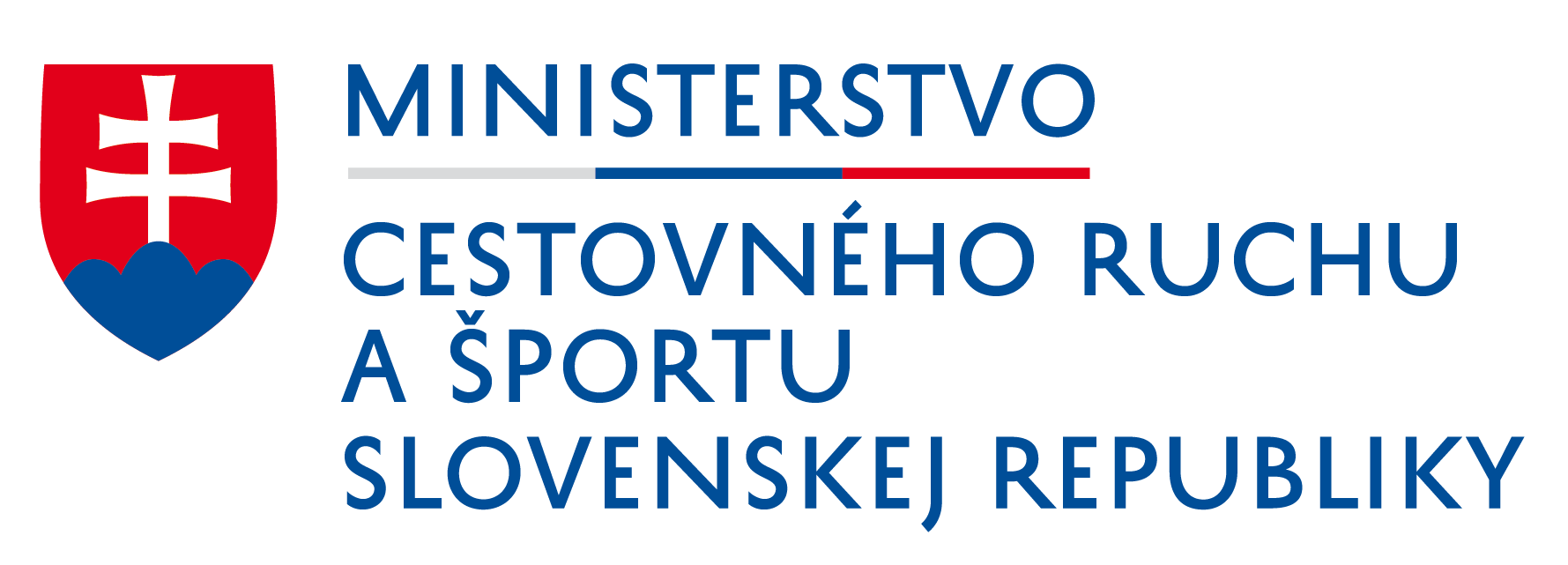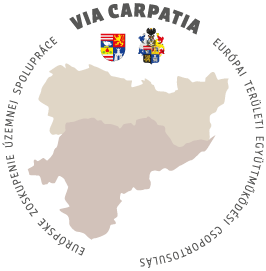
Getting lost in the regions
Gemer Galaxy
The unexplored Gemer, a karst countryside bridging the east and the west of Slovakia, the chosen land of the Hungarian nobility and the home of Slovak national awakeners. A precisely built piece of the world of Iron Count Andrássy is now a hipster dream for an urb-ex selfie. A chart called Authenticity connects all the rise and fall points of this “periphery” very distant from the intergalactic highway. It is up to you to decide whether you go for the luxury of the aristocratic residence of the Andrássy family in Betliar, to the Slovak “Taj Mahal” in Krásnohorské Podhradie, or your path will go beyond the “black holes”. Don’t miss the best between west and east and park your spaceship on the Gothic Sacred Way of the Gemer. Until you get to know Gemer completely, a few suns will rise, a few stars will go out, you will never have enough of it.
Churches are not normally open to the public. However, they open their gates regularly during organised events. Some have opening hours during the summer season. Information and maps of the individual monuments of the Gothic Way may be found on the website https://gotickacesta.sk/.
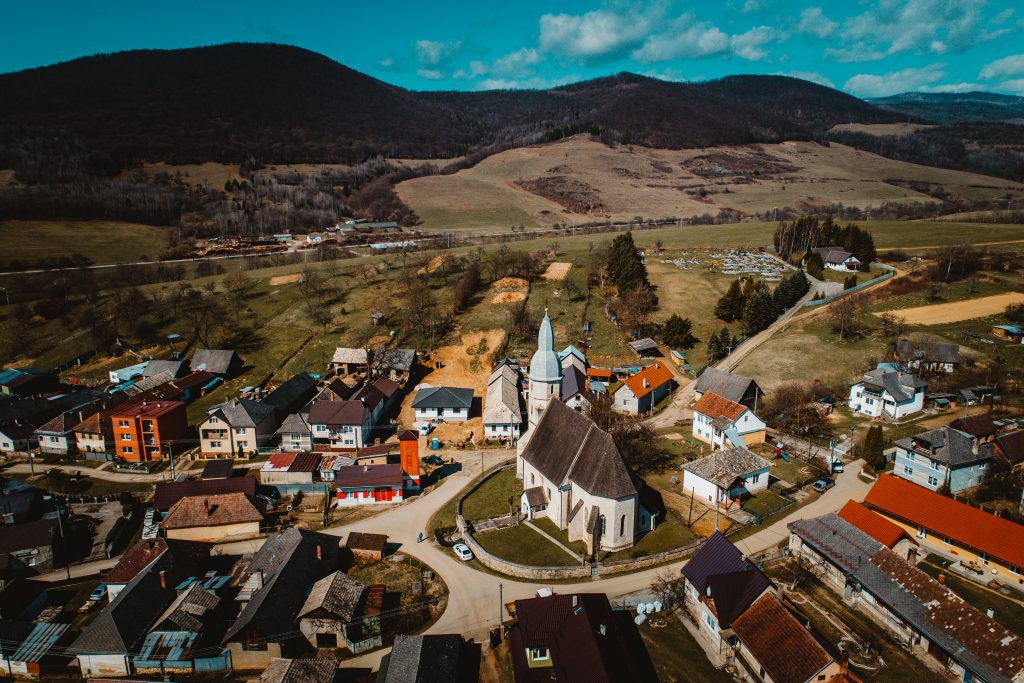
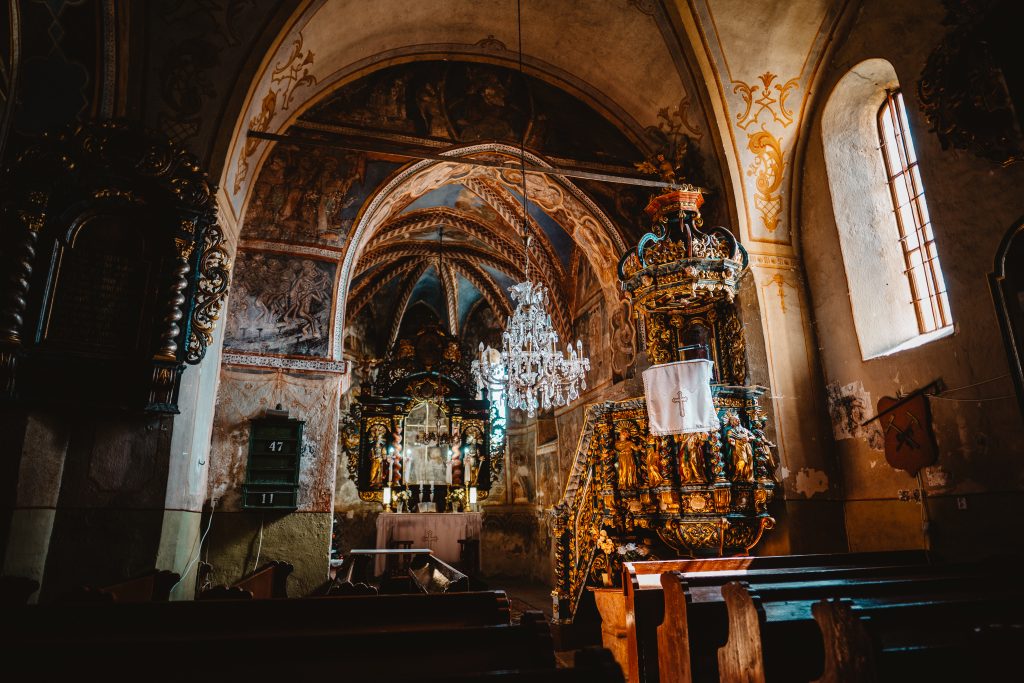
Gemer odyssey
Embark on a sightseeing odyssey of the Gemer in the company of guides who will show you this region as it really is. It is a journey in time, beginning a long time ago and ending these days. In the company of Mišo Hudák, for whom Gemer is one of the favourite universes, you will find yourself in places – black holes that are difficult to express in writing.
On the Gothic route through Gemer, again in the company of a guide from the Gemerská Cesta Civic Association, you will discover the real Gothic treasures of Gemer churches under a grey layer of stardust. In the star nebula on the EDGE OF THE WORLD, behind the rough church walls, you will recognise Gothic frescoes, epic murals with a strong accent of Italian masters.
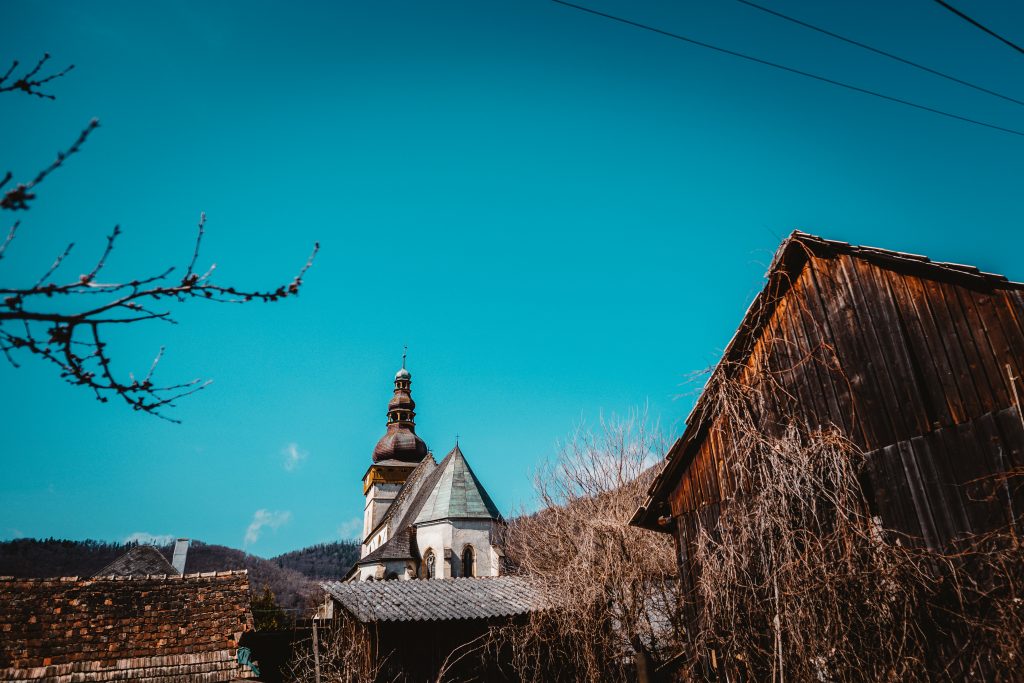
Gothic Basilica in Štítnik
It is originally a three-nave basilica from the 14th and 15th centuries with beautiful star and net vaults. The church has a massive tower and forms a significant dominant feature of the entire Štítnik valley. There are more than 200 square metres of murals (secco and fresco) on the walls, depicting various, predominantly religious themes. A unique Gothic bronze baptistery from 1454, the oldest organ in Slovakia from 1492, hand-painted benches or the last resting place of the descendants of the Bebek family – all this is hidden in a single basilica.
Practical information: before visiting the church, contact 0907 337 855 – Mgr. Jana Ilčisková – choir priest, 0918 783 356 – Mgr. Matúš Molnár – choir supervisor, stitnik@ecav.sk.

Church in Koceľovce
It is one of the most important monuments of medieval architecture and especially wall painting in Slovakia. The church was built in the first half of the 14th century and dedicated to St. Bartholomew. At first glance, the visitor will be interested in an untraditionally designed tower, similar to the northern Sigismund’s Tower, the St. Elizabeth’s Dome in Košice. Rare frescoes in the Italian-Byzantine style with motifs from the life of Jesus Christ and the Virgin Mary are 150 years older than Da Vinci’s Last Supper or Michelangelo’s Last Judgment in the Sistine Chapel.
Practical information: before visiting the church, contact to ensure the opening of the monument +421 911 747 211 Mgr. Emília Velebírová, pastor
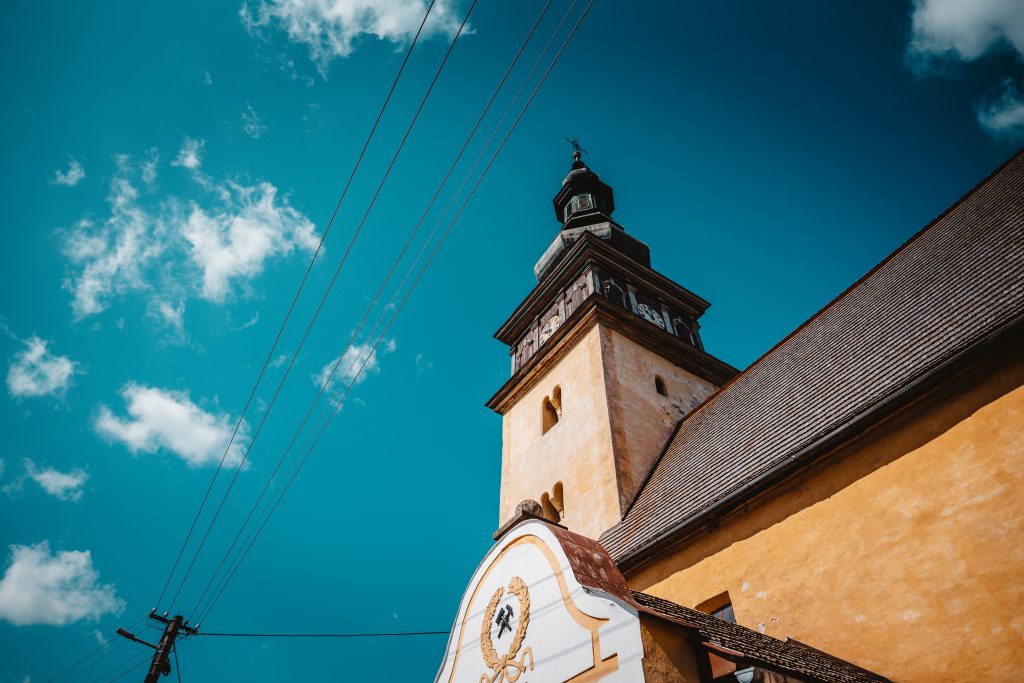
Church in Ochtiná
It hides a figural fresco from the mid-14th century, which covers the entire surface of the presbytery, the triumphal arch, and is also preserved in the attic. In the years 1976 – 1977, restoration research of the paintings took place in the church. Professor Milan Togner and academic painter Jiří Josefík introduced the term “Master of the Ochtiná Presbytery” for the author of these frescoes.
Practical information: before visiting the church, contact to ensure the opening of the monument +421 905 874 096 – Martin Dudáš, Deacon
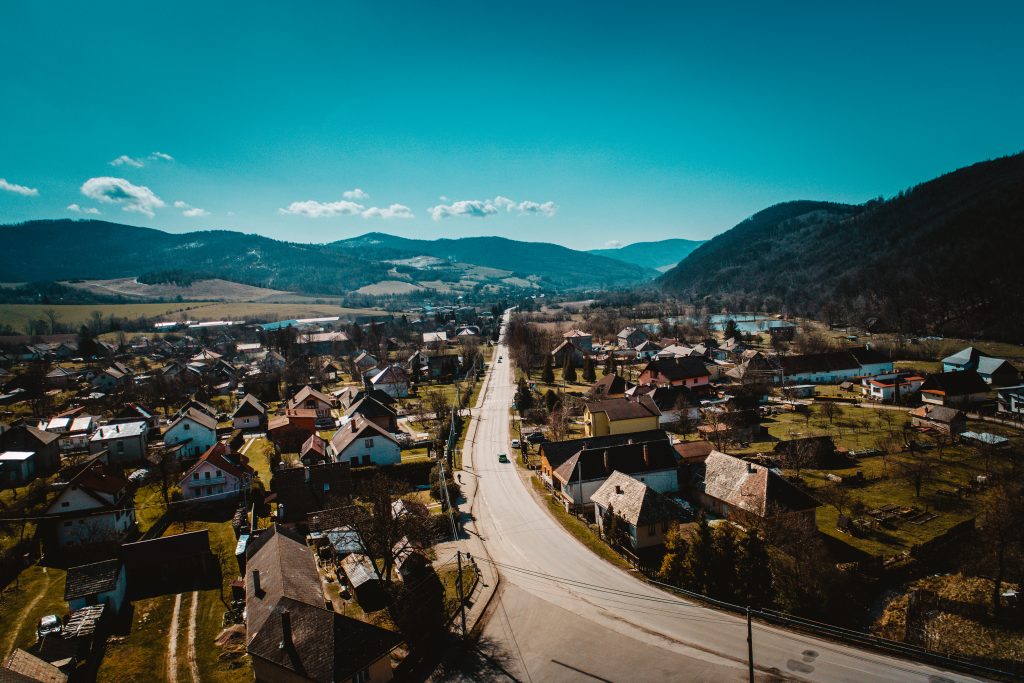
Karol Smelter in Vlachovo
In 1870, the construction of the Karol Smelter was completed. This was built by Emanuel Andrássy (1821 – 1891) the son of Charles III, after whom he named the furnace. According to Sheffild University, this blast furnace – Karlova Huta – is considered one of the most important historical blast furnaces in Europe. It is a national cultural monument for Slovakia. Slowly decaying.
Practical information: Karol Smelter (Karlova huta) in the village of Vlachovo in the Dobšinská Píla locality is closed and inaccessible to the public. However, from a distance, without entering a private plot, you will catch a few views and shots.
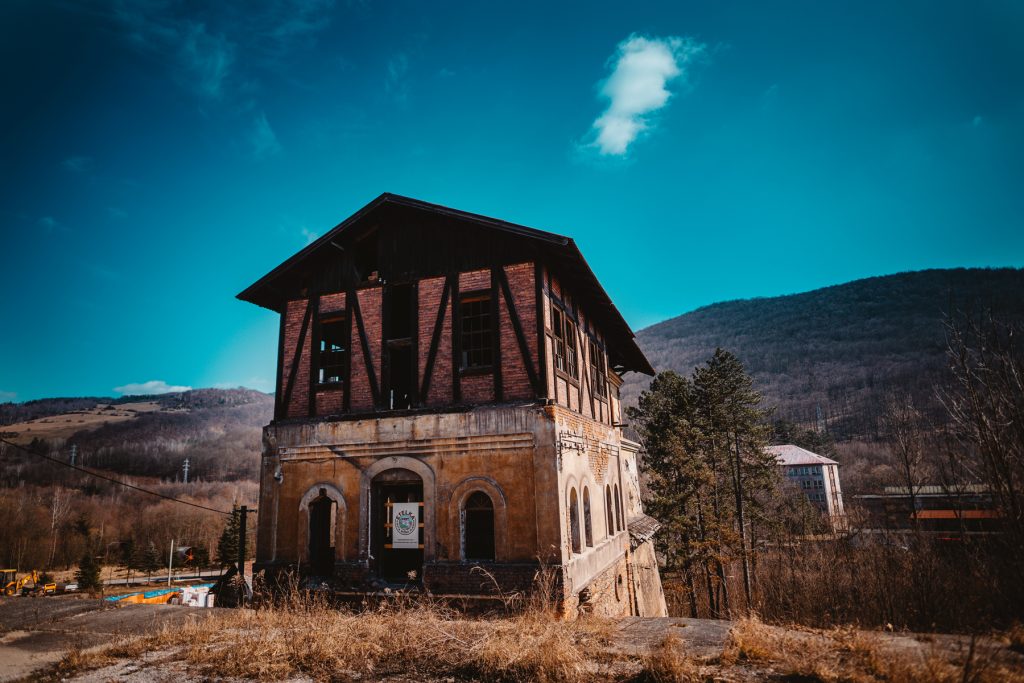
Huta Etelka in Nižná Slaná
The Etelka Huta in Nižná Slaná was also built in 1867 by Count Emanuel Andrássy on the site of two older furnaces, this time he named the smelter after his mother, maybe this is why the building itself is even more beautiful, with a gentler architecture. Etelka was in operation at the time of the greatest expansion of metallurgy and mining in the years 1867 – 1907. From the large company, a smelter building with a blast furnace has been preserved. The Barbora Civic Association made an effort to save it and return it to an approximate state as it was in 1910, the building is fenced, closed to the public. You may watch Etelka from a distance, it can be captured well with a camera.
Practical information: The technical monument is managed by the Barbara Civic Association, Mgr. Andrea Heldová +421 948 933 999, geoparkmalekarpaty@gmail.com, heldovaandrea@gmail.com. You will find Etelka near the road from Gočov to Nižná Slaná. GPS 48.74202784660421, 20.416439258926914
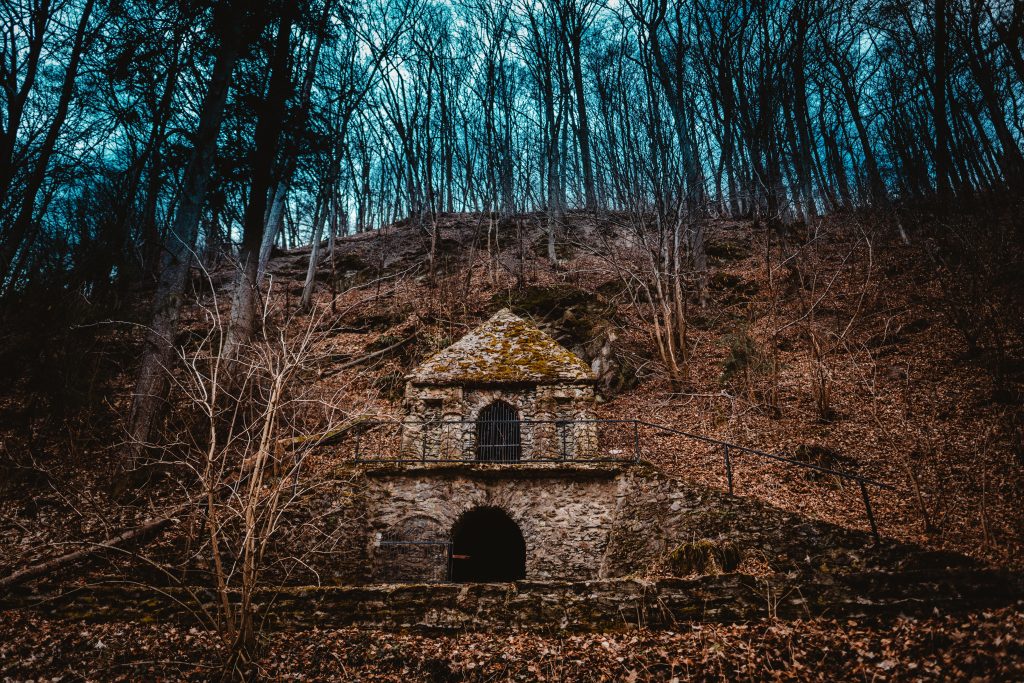
Count’s Ice Cave in Vlachovo
Ice pits, then refrigerators, (for storing meat/catches from the famous Betliar gamings) are lower thick-walled structures, which, thanks to the applied ice in the winter from rivers and ponds, kept the meat in the necessary cool even in the summer months. This building really can’t be called an ice pit. Its architecture is strongly reminiscent of an Egyptian pyramidal building made of mighty stones on two floors. It is accessible from both sides by side stairs. The upper floor with a vault opens into a cave where ice was stored. The building is effectively oriented to the north. The painting in Betliar still shows the presence of four sphinx-shaped statues, which are in fact no longer near the ice cave, they disappeared until the Count’s Ice Cave was noticed by the public in 2004. The portal commemorates the entrance to the mastaba – the Egyptian tomb.
Practical information: The ice cave can be reached on foot in about 10 minutes from the Andrássy manor in the village of Vlachovo. By turning left, along the sidewalk between the family houses and along the railway embankment, you will walk a few metres to the right to a small railway bridge, from which you will turn immediately to the left. From the bridge. you will see an ice cave set in a rocky hill. At the monument, there is a tourist canopy and an information board.
GPS: N48°46’16” E20°24’32”









